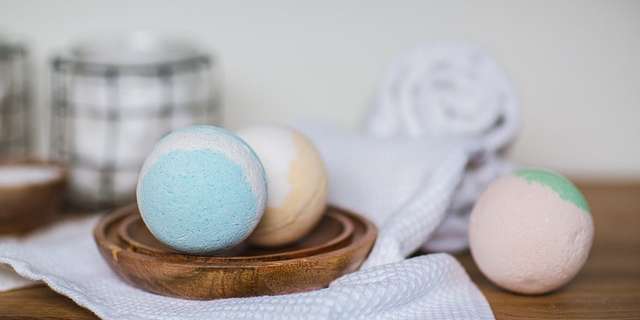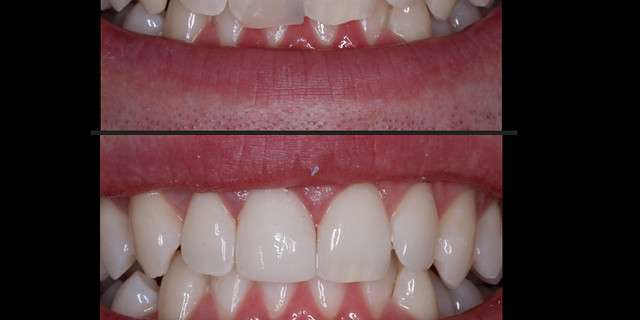Because most bath bombs contain multiple colors, you need to use a color measurement system to ensure that the colors match and remain vibrant. Image Source: Pixabay user StockSnap
A bright fuschia bath bomb hits the water and immediately starts to froth. Long streams of pink, purple, and red leak into the water, coating the top of the bathtub in a thick layer of colorful bubbles. But as the bath bomb dissolves and shrinks, unexpected colors begin to appear, from deep blues to rich emerald greens. This surprise pop of color is what draws thousands of customers to bath bombs every year.
Unlike traditional bath salts and soaps, which are usually just one color, bath bombs can contain as many as a dozen different layers of color in a single package. For cosmetics manufacturers, this poses a challenge: how do you ensure that these colors will look appealing to customers, both before and after they hit the water? To solve this issue, you need an accurate color measurement system for your bath bombs and multi-colored soaks.
You’ll Need to Measure Color Twice
When you’re working with large batches of any commercial product, you need to ensure that your colors are consistent batch-to-batch. But a color measurement system for bath bombs has to measure more than just consistency of each ingredient; it also needs to measure how the colors interact with water and with the other colors in the mix. For instance, if you add too many similar-looking colorants into a bath soak, you will likely end up with a product that looks muddy rather than multi-colored. Similarly, even if your bath bomb looks perfect when it’s dry, its colors might not mix well together in the water or could be duller in appearance than you expected.
Without testing how your colors mix together in water, you might accidentally release a product that looks brown in tone after customers put it in the water. This is a common problem when making bath bombs because companies often like to mix a primary color with its complementary color, causing the mix to turn brown.1 However, you can counteract this if you use colorants that can’t interact with one another in water or if you carefully measure the colors you use to ensure that their final blend is an appealing new color. By measuring your colors twice (once during the dry, powdered stage, and again as a dissolved liquid sample), you guarantee that your bath bombs will look equally beautiful on the shelf as they do in the tub.
Some natural bath bombs and soaks contain solid materials or colorants that are less saturated than standard dyes. Image Source: Pixabay user Tomasz_Mikolajczyk







